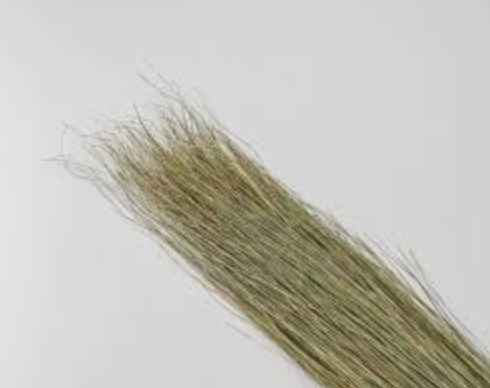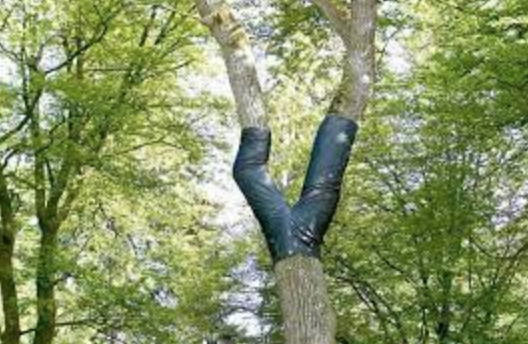
The tides of fashion and style are fast-moving and ever changing. We have moved on from the passé world of aerial cover and stem counts. The new, hip trends are biomass clipping and stem demography. An untrained eye might be wondering how these new styles differ from last season’s, but never fear, for I will spend the next 500 words explaining exactly why biomass clipping and stem demography are all the rage.
Biomass Clipping – Getting the perfect trim and avoiding split ends
In my journeys for the highest echelons of sophistication, I spent several weeks fully immersed in the world of biomass clipping. The process is quite simple. All you need is a pair of gardening shears, a quadrat elevated 15 cm above the ground, and bags to sort the clippings into. And also chaining pins to hold the quadrat in place as well as tape measures to ensure you’re clipping in the right place. And you can’t forget about a ruler to keep the shears level, a pencil, datasheets, and a box to hold everything in. Like I said, simple.
It is vitally important to make sure you correctly sort the clippings because, as any amateure would tell you, pattern mixing is an immediate faux-pas. My boss claims that we have to sort correctly because it is important to know exactly how much of the different plant functional groups there are in order to answer our research questions about drought and grazing, but I think we all know the main reason is because of fashion.
Once we have biomass clippings from all 162 plots, we take them back to the lab and put them in a drying oven, so that we can get their dry-weight. As someone who spends hours a day in a tanning bed, I can vouch for this method. It’s so important to dry yourself out, and it makes your skin look incredible. Now any street savvy fashionista may be thinking “plants don’t have skin, silly! How can you even make that comparison?” Well, darlings, the results speak for themselves. After spending 72 hours in a drying oven, the plants aren’t sagging anymore. They’re stiff and hold their shape beautifully.

Stem Demography – Bringing Pampering Into Your Fieldwork
Now we simply must move on to the wonderful world of stem demography and leaf stage development. The process of collecting this data involves measuring the culm and longest leaf height of specific blades of grass as well as counting stems in a very small quadrat. As a purveyor of style, there is nothing more in vogue than self care, and there is no better mode of self care than collecting stem demography and leaf stage development data.
Gone are the days of stem counting where you have to collect the data and write it down. When collecting stem demography data, you need only speak aloud the data you have collected and your partner writes it on the data sheet. One feels like a queen, speaking a completed data sheet into existence since when you went down to examine the grass, the data sheet was empty and upon coming up, it is full. Treating yourself luxuriously is one of the cornerstones of self care, and luxury is at its peak when you are face first in the dirt with sweat dripping straight onto the ground instead of down your body. I will be recommending this method to my spin class immediately, and I advise all of my dear readers to do the same.
Would you look at the time! I hate to leave you, my loves, but I must away. Keep an eye out for next week’s article about another trend Treans (Tree jeans)

Don’t forget to walk the runway of life with purpose and panache 💋
